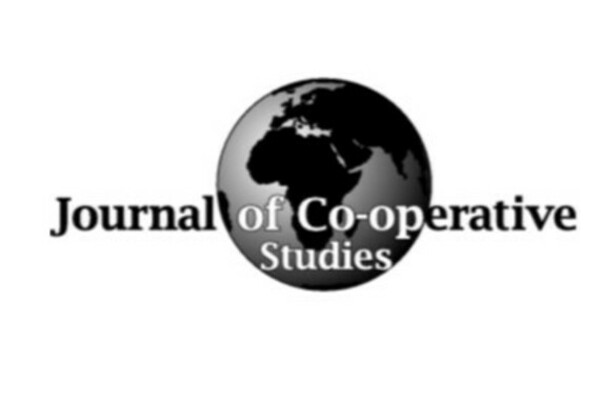Journal of Co-operative Studies, Vol 36 No 2
Autumn (Aug) 2003

Roger Jones, pp. 81-89
Basil Loveridge, pp. 90-93
The changing identity of co-operative housing in Canada
Jorge Sousa and Jack Quarter, pp. 94-116
The enemy within? A critical analysis of the Credit Unions Act 1979 and the common bond
Nicholas Ryder and Andrew H. Baker, pp. 117-140